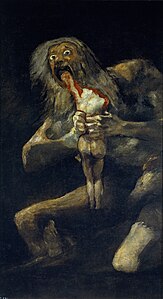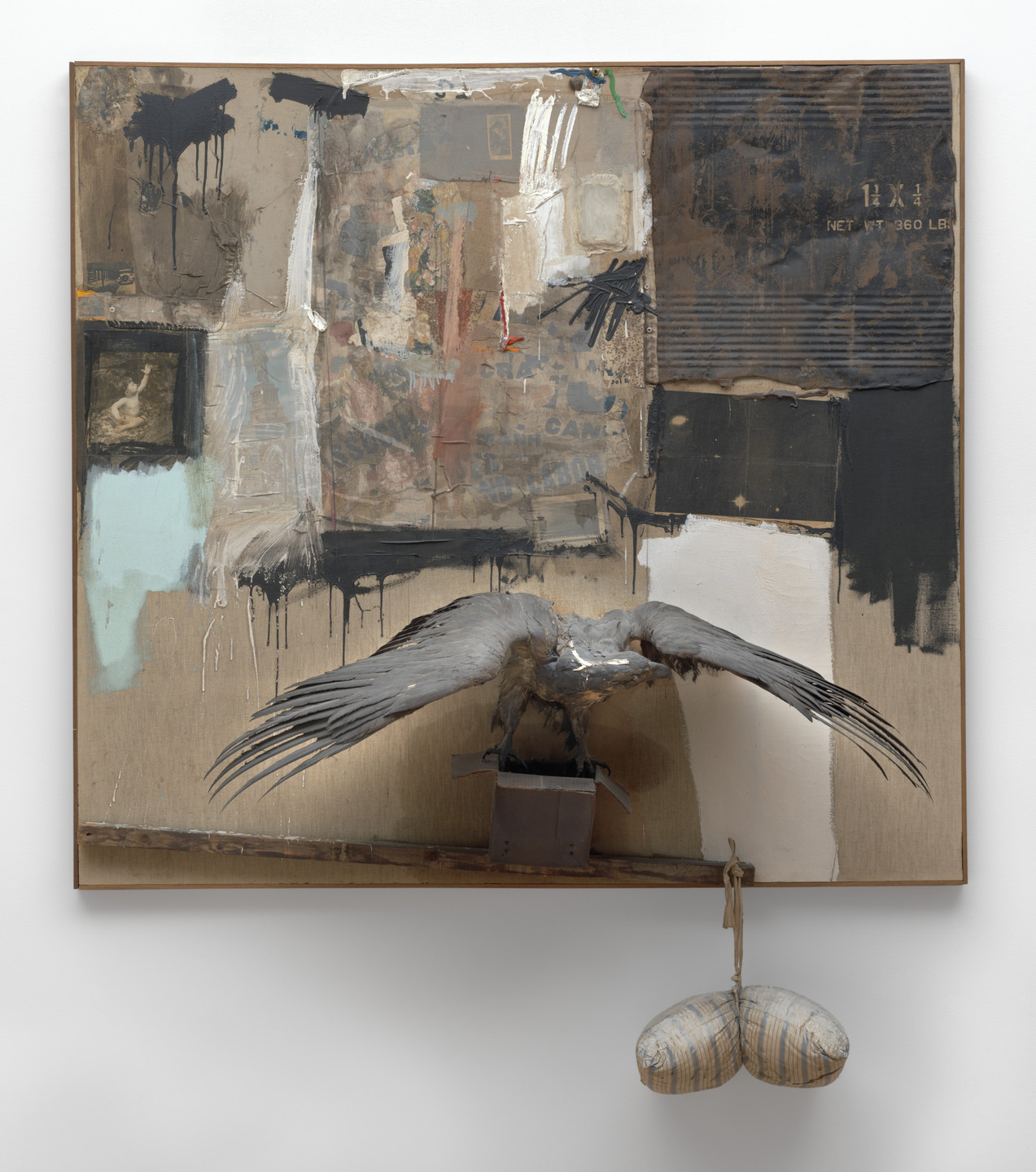Michelangelo painted his massive collection of fresco paintings, which included the depiction of God creating Adam, in this historic building.
Sistine Chapel
A three lined, five seven five syllable poem.
Haiku
Most commonly used by communities living on the plains, these conical portable structures were perfect for partially nomadic lifestyles.
Tipi
These stone pillars were commonly found outside of Egyptian temples, and have continued to be built outside of Egypt including one in Washington D.C.
obelisk
While not an artist himself, this critic was known for his love of the "avante garde" as well as his support of abstractionists such as Jackson Pollock.
Clement Greenberg
Often being described as dramatic, grandeur or ornamental, this style of art flourished in the early 17th century and used warmer and brighter colors than earlier movements.
Baroque
Known as the "way of nature", this is known as Japan's indigenous religion and revolves around Kami, Torii gates and shrines.
Shinto
Found across the United States, these were created most commonly by abrading or griding stone to create pictures.
Petroglyph
The kingdom of Benin was known for its skill in crafting this type of metal.
Bronze
Started in Europe after the events of World War One, this movement sought to express the inner workings of the "unconscious mind".
Surrealism
This type of tree was known as Van Gogh's favorite and featured prominently in many of his works, including Starry Night.
Cypress
This artist was known for his depictions of famous areas of Japan, specifically landscapes. He is probably best known for his series One Hundred Views of Edo.
Utagawa Hiroshige
Hopi Katsina figures are most commonly carved out of the root of this tree.
Cottonwood
The "dots" commonly found on Zulu wares such as beer vessels represent these.
Cattle
The Minimalist art movement often refers to this phrase when referring to its arts, whose title is also held by an essay from minimalist artist Donald Judd.
Specific Object
This terrifying depiction of the Titan Saturn was painted in the later years of their life by this artist.
Francisco Goya
These small, clay human like figurines were present during the ancient Jōmon period of Japan, and often featured "insect" or "goggle-like" eyes with wide shoulders.
Dogū
These textiles, which are known to be some of the most complex in the world, are worn by high ranking members of indigenous Northwest peoples such as the Haida or Tlingit for ceremonial or civic occasions. 
Chilkat
Scrolls from this area were commonly known for their healing abilities, often by purging evil deities.
Ethiopia
This book, published by Robert Frank, was a collection of photographs such as the one below, which often depicted a bleaker, more isolated America.
The Americans
The foreboding Isle of the Dead by Swiss painter Arnold Böcklin consists of ____ different versions, of which ____ survive.
5,4
This famous pair of folding screens depicts these two gods, who are the gods of ____ and ____ respectively 
Raijin, god of lightning and Fūjin, god of wind
The absence of this element is partially what gives Black-on-black ware its iconic black sheen.
Oxygen
Ghanian sculptor El Anatsui's massive installations are partially inspired by these famous textiles.
Kente Cloth
Under this law, Robert Rauschenberg's Canyon, which features a taxidermized Golden Eagle, means it cannot be sold effectively making it "worthless".
Endangered Species Act